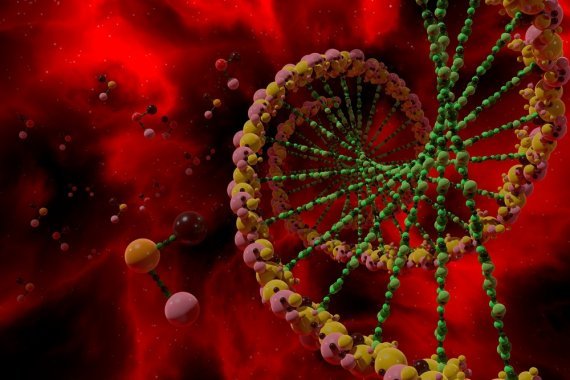© Shutterstock
What is this all about?
In recent years, scientists developed innovative gene processing techniques such as CRISPR-Cas. Using these techniques, researchers can make very specific changes to the genes of plants, for instance. ‘This makes it possible to produce crops that are resistant to certain diseases, for example’, says Esther Kok, head of the Novel Foods research group at RIKILT Wageningen University & Research. But there were still many questions about the legislation regarding these new methods. The European Union has strict laws for genetically modified organisms (GMOs). Certain techniques are seen as genetic modification by default; one of these is transgenesis, in which foreign genetic material is introduced into the DNA of an organism. Other techniques, such as mutagenesis, in which the genes of an organism are altered using radiation or specific chemicals, are exempt from the EU laws for GMOs and do not need to comply with the strict laws for precautionary measures, risk assessment and traceability. ‘But this legislation dates from 2001, and new mutagenesis techniques, such as CRISPR-Cas, had no clear laws yet’, says Kai Purnhagen, expert on European and International Law at Wageningen University & Research.

This ruling not only makes it more difficult for companies to innovate, but also to even keep up with the rest of the world. For instance, the laws in many Asian countries and the United States are more flexible and developments are continuing.
Kai Purnhagen, expert on European and International Law at Wageningen University & Research
What does this ruling mean?
The European Court has decided that mutagenesis is, in principle, genetic modification, and that the new mutagenesis techniques, such as CRISPR-Cas, must also comply with the strict laws. Only the mutagenesis techniques that were used before 2001 and that have already proved their safety according to the Court were exempted. Purnhagen is not surprised by the ruling. ‘It is in line with previous decisions. The European Court mainly looks at safety, and it doesn’t matter how genes are edited. The end result is the same, and the Court is concerned with the risks that these genetically modified organisms may pose to people and the environment.’ The Court would not want a genetically modified organism to “escape” and pose a threat to nature, for example.However, Purnhagen does fear that the verdict will divide Europe even further. ‘Many people feel they are lagging behind. This ruling not only makes it more difficult for companies to innovate, but also to even keep up with the rest of the world. For instance, the laws in many Asian countries and the United States are more flexible and developments are continuing.’ Proponents of the stricter legislation think that this will work to the advantage of small-scale farmers, because they would otherwise not compete with the large agricultural companies. Purnhagen: ‘That may be true, but I do wonder if it is necessary to choose an all-or-nothing approach.’

Expensive and intensive safety studies must be carried out for all products that fall under the GMO legislation before the products can enter the market. One such study is a mandatory lab animal study for each product.
Esther Kok, RIKILT
What consequences could this have in the long term?
According to Purnhagen, the ruling also has consequences for other legislation. ‘This ruling is specifically about plant breeding, but all food legislation refers to this GMO legislation.’ This would mean that the European laws on the authorisation of food will also likely need to be revised.According to Kok, another big question is how the new regulations should be enforced. ‘Expensive and intensive safety studies must be carried out for all products that fall under the GMO legislation before the products can enter the market. One such study is a mandatory lab animal study for each product, the added value of which for the risk assessment has not yet been demonstrated. We in research have been asking questions regarding these aspects for some time. Furthermore, another condition is that a product must be traceable. But in many cases, with our current analysis methods, we cannot distinguish whether a product was produced through classical mutagenesis or using a new technique, or even via conventional breeding. I think it is a pity that the European Court of Justice rules the law by focusing on technology instead of on the product.’
Additional reading (partly in Dutch):
Carefully cutting into genes – Spinoza winner John van der Oost: ‘CRISPR-Cas is genuinely revolutionairy’
Poorly chosen name increases resistance to technology
John van der Oost, Wageningse pionier in CRISPR-Cas
Deze zomer meer duidelijkheid verwacht over toelating Crispr

